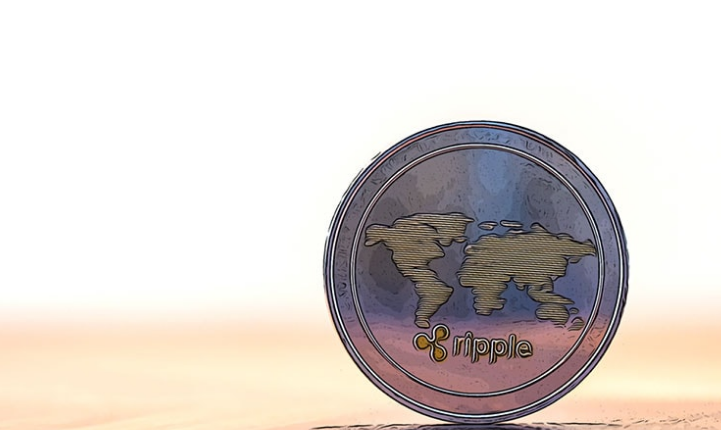Ripple’s David Schwartz Believes Uber & Amazon Should Adopt XRP For Payments

The chief technology officer at Ripple, David Schwartz recently sat down at the recent WeAreDevelopers conference which took place in Berlin where he said some of the globe’s biggest companies are able to benefit from the use of crypto and other digital assets.
Schwartz went onto talk about Ripple’s work with the numerous financial institutions and banks which improve the speed and cost of cross-border transactions.
“If you’re a Seagate or an Amazon or an Airbnb or an Uber, these companies all make large numbers of small payments. Amazon has thousands of merchants that they make payments to. Uber, if you’re in the Philippines and you’re a driver and you need money for milk, Uber would love you to drive for them and buy milk right that day.
But they need efficient payments. They need payments that are as reliable as email for that to happen. And that doesn’t exist. And each of these companies employs literally hundreds of people just in their payments division. And if you imagine if you ran a payment company, you would love to go to any of these new corporates and say, ‘Hey! Fire your hundreds of payment people. We’ll do all your payments.’ But there’s nobody who can do that.”
The CTO of Ripple has said that he believes XRP is in a position to fuel a payments revolution because of its speed and low transactions fees.
“We came up with what’s technically a form of federated Byzantine agreement that we call consensus that’s faster and cheaper than proof-of-work. And the result is that XRP is a decentralized digital asset not connected to any jurisdiction, that moves more quickly and more cheaply than Bitcoin. And I would argue that it’s also more censorship-resistant and has some of the decentralization properties that we want. And that’s resulted in low cost, low fees and high transaction volume with low latency…”
“Ripple has built an enterprise payment network on these principals. It consists of three products. One to process real-time payments. One is sort of like the browser to send payments. And one to provide on-demand liquidity.
Financial institutions use xCurrent to make and receive payments, xVia to initiate payments and xRapid to provide cross-border liquidity. And this is a real network. This is a point-to-point network. It’s not a central server like Swift or PayPal. This is a decentralized network where financial institutions interact with each other through protocols that are not centrally controlled.”
According to Schwartz, regulation and education are the two largest obstacles that stand in the way of mainstream adoption when it comes to using cryptocurrency payments.
“The biggest obstacle that we’ve found is the legal environment. Enterprises are not ready for a trustless system that’s proven by mathematical algorithms. They have customers who might get their credentials stolen. They might want to go to court. One of the biggest things that we had to do to revolutionize enterprise payments was to come up with a set of rules so that legal agreements can be negotiated with just a couple of redlines rather than a 40-page contract beginning to end of how to handle every possible failure…
So today, our customers use digital assets to settle payments immediately where that makes sense, and they use more conventional means where that makes sense, but they enjoy the benefits of end-to-end messaging, multi-hop and the various things that a multi-standard can provide. We think that digital assets and interledger payments can build that internet of value.”











Responses